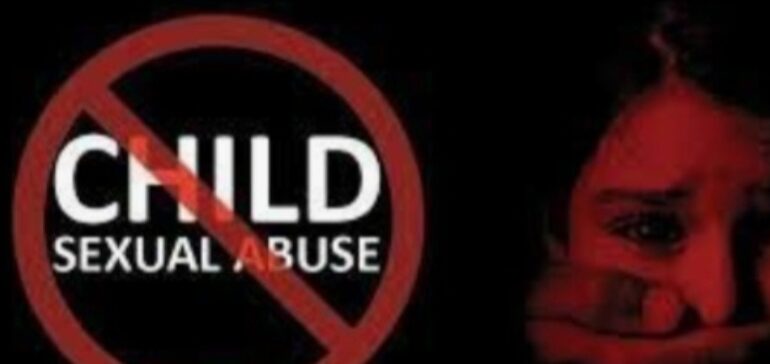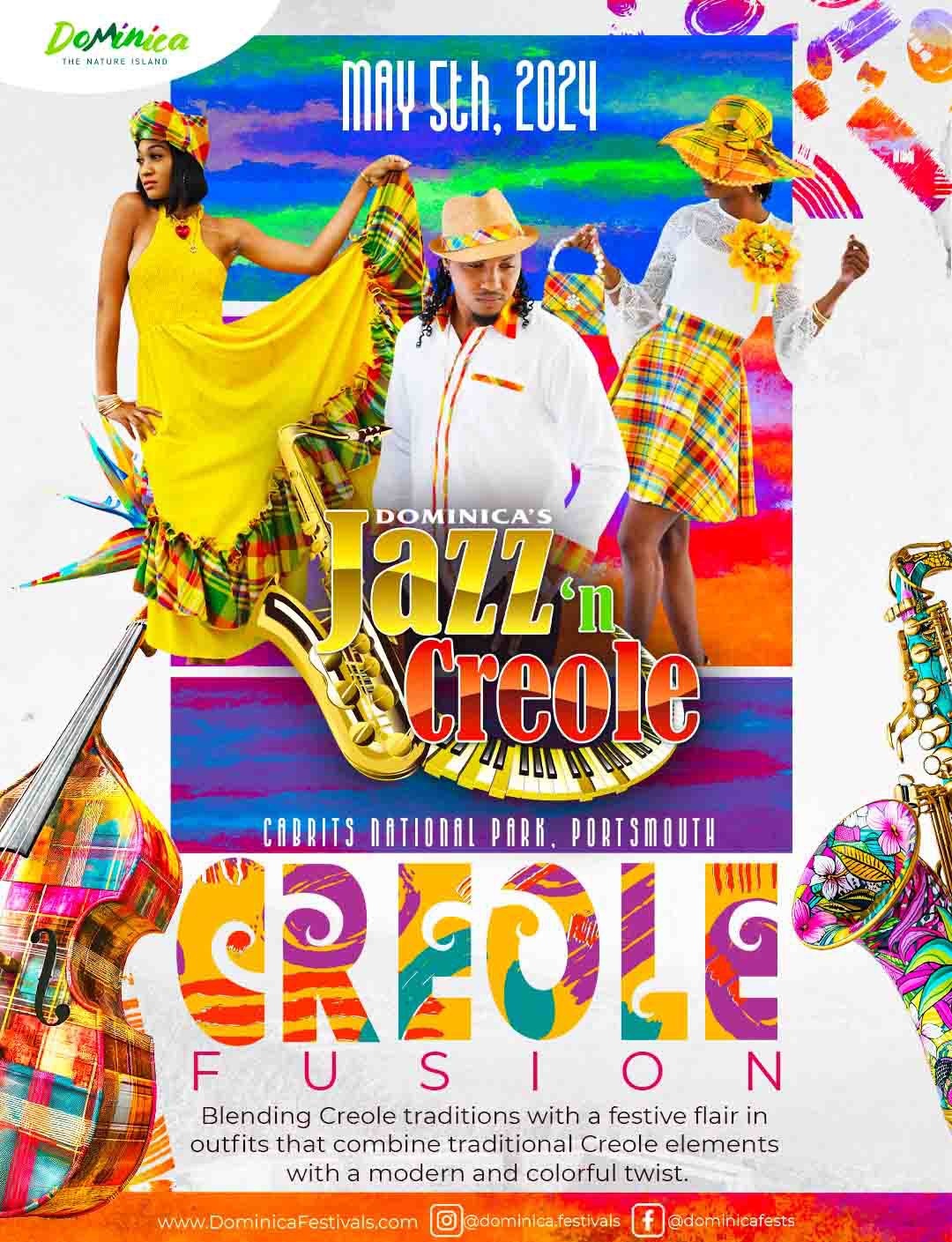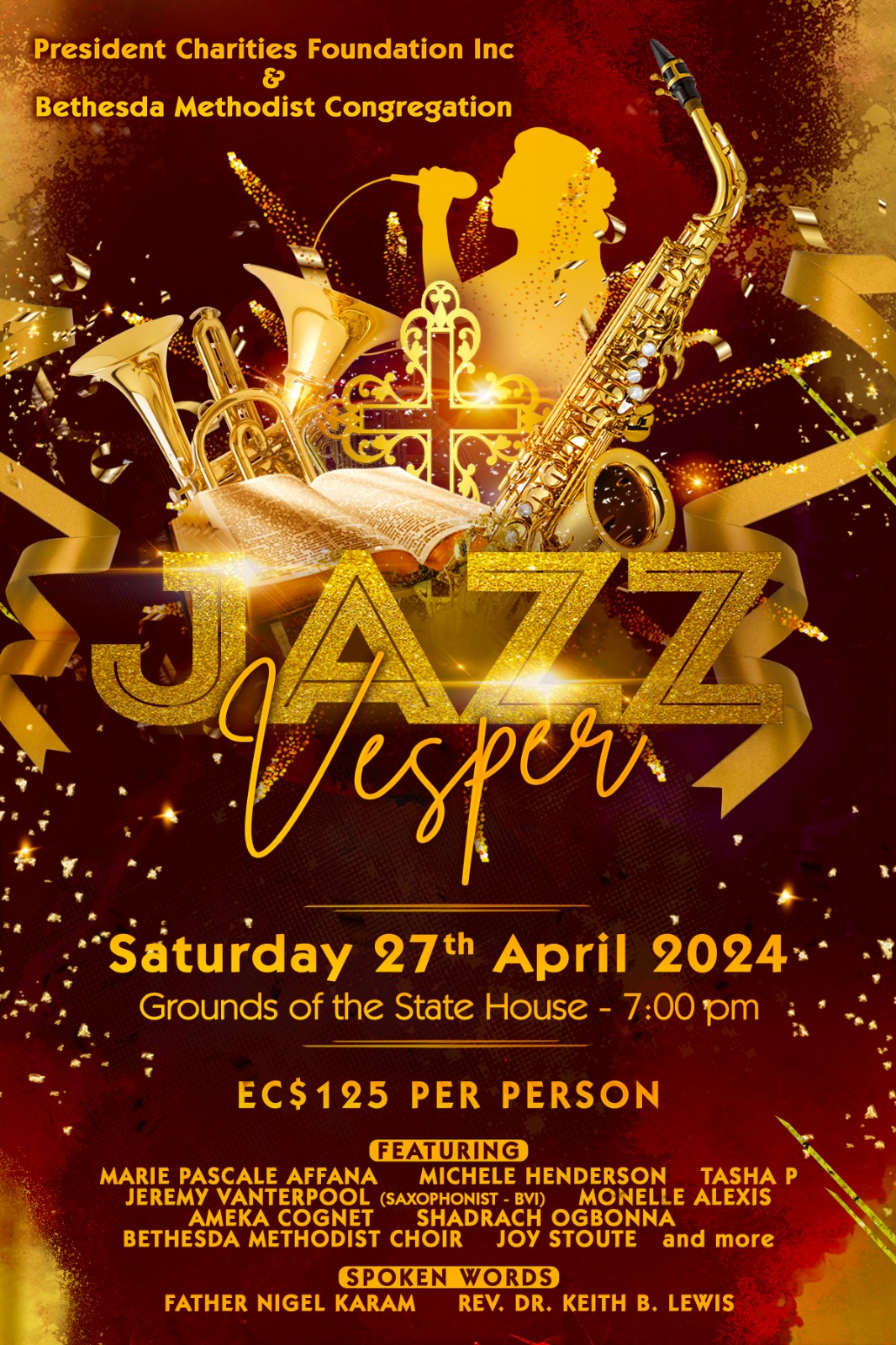
As we reflect on the recent spike in child sexual abuses, addressing common misconceptions to break this taboo is one step closer towards minimising this threat against our future generation. As Dominica continues to reel from news of violent acts against children, the need to prioritise child sexual abuse as a national threat will create an urgent duty for police forces, community and organisational institutions to collaborate on measures to safeguard our children.
Common misconceptions
Is the abuser also a victim?
Strikingly, persons see the abusers of child sexual abuse as the victim, a clear juxtaposition. Moreover, they seek to argue that the abusers face psychological trauma and embarrassment and may be subject to societal judgments after being identified publicly. What about the persistent emotional trauma that the child undergoes as a result of the sexual invasion by adult men and women on their persons? The embarrassment that a perpetrator faces is incomparable to the lifelong impacts on the child. This child may never feel comfortable to hug, speak openly, laugh or smile again. The true victim is the person who loses everything which in the case of a child is their innocence.
There are claims that the abusers may have been victims because they were tempted or ill-advised of the child’s age or that the child consented. However, it is trite law that a minor cannot consent to sexual intercourse. Accordingly, to shift the focus from the child as the victim to the perpetrator as the victim, undermines the values we uphold as a society and our commitment to protect all children.
Is the female body a magnet for sexual abuse?
Notably, the shape and size of the female body has been used to justify child sexual abuse. There is the underlying presumption that once ‘her breasts are big and her buttocks is large she’s a big woman’. However, a female child has no control over the shape or size of her body and must be respected whether or not she looks grown. The fact that the body of a 12 or 13-year-old child could tempt or attract an adult male proves that it is not the physical structure of the child which is the problem. Instead, it is the corrupt and pedophilia mentality that is adopted by men or women who are adamant on interfering with a child, despite the fact that she or he is a minor.
Is it only men who sexually abuse children?
While it is evident that men are most times the abuser, this does not deduce from the fact that women may also be child sexual abusers. A significant number of females fall into the teacher/lover group or may be categorised as ‘molesters.’ However, our current knowledge of female sexual offenders is founded on very limited research. Therefore, we need to reconstruct our ideas about child sexual abuse to include women as a distinct sub-group.
Is it only girls who are sexually abused?
Although girls are five times more likely to be sexually abused than boys, boys are still at risk. The reporting rate for young boys who are sexually abused is lower given the belief that men are expected to display masculinity. If a young boy were to report that he was touched inappropriately by an adult female he would be considered “maco” in our colloquial language. This is because society has created a myth that men ought to enjoy and accept the sexual advances of women, whether they like it or not. Therefore, our society has failed miserably to protect young boys in exchange for uplifting their masculinity. This artificially adjusts the statistics to make it seem like only girls are sexually abused.
Are disabled children at risk of sexual abuse?
Disabled children are two or three times more likely than their typical developing peers to experience abuse. There are many reasons for this, which include, their over dependence for personal care from adults, communication challenges, lack of education regarding healthy sexuality and sexual abuse and the societal myth that a disability shields them from sexual abuse.
Are children in love with their abusers?
Children may tend to hide their abusers for a number of reasons: shame, fear, disillusionment, self-blame or even to protect them. The reality is that child sexual aabusers are dangerous con-artists who watch, learn and identify their victims who they view as vulnerable and controllable. Findings show that predators seek out children who are accessible and appear to have minimal parental engagement or supervision. Most tend to be ‘neighborhood abusers’ who build trust with the child and their family members and entice them with family outings, money, gifts and other perks which the family unit cannot normally provide. Once that level of trust has been established, the abusers begin to test the sexual boundaries of the child.
Recommendations
Sex offenders registry
The aim of a sex offenders registry is to deter perpetrators from committing the same act as well as to deter others from committing the act. In the case of child sexual abuse, a sex offenders registry would aid to promote the safety of all individuals, especially children. The society by extension would be more mindful of all registered sex offenders which would allow one to take more appropriate steps to safeguard themselves, thus reducing sex-related offences.
Collective community effort
Moreover, it is necessary to address the issue before it grows into repetitive acts of abuse. Accordingly, the community has a responsibility to report a case of child abuse as soon as they are aware of it instead of turning a blind eye. When members of the community intentionally evade their responsibility to protect all children, they too are silently echoing that the abuse must continue. Furthermore, the development of a neighbourhood watch initiative would help to reduce the number of child sexual abuse cases.
Mutual aid program
Similar to the Alcoholics Anonymous program, there should be a mutual aid program for child sexual abuse survivors where they could relate to other victims and learn to improve mentally and emotionally. Apart from the regular private counselling sessions, child abuse survivors must be given an avenue to channel their feelings to persons who most understand the situation that they are faced with.
Sexual Offences Court
A Sexual Offences Court must be established to provide timely and coordinated response to complainants and vulnerable witnesses involved in sexual offences cases. A model Sexual Offences Court should include a cadre of trained personnel and the necessary technology to effectively handle sexual offences cases, complainants and witnesses. Developing a comprehensive approach with a minimum time set for trial would avoid a child who was sexually abused at 6 years old to still be engaged in an unresolved court matter at 10 years!
Proper policing
Reporting is the first stage following the abuse of a child. There needs to be a specialist unit dedicated to the investigation of child abuse with a specialist staff who are knowledgable, skilled, committed and motivated to address the inconsistencies and significant weaknesses in the protection of vulnerable children. A massive Operation RESET must focus on effective proactive practices with a child-centered approach to reducing and tackling child abuse in communities.
In sum, reporting suspected child sexual abuse is everyone’s responsibility. If you suspect a child has been sexually abused, contact your nearest police station or the Social welfare division to report it. The more we talk about it, the safer our children actually become!
(by Aymah George and Wendy Wallace)











